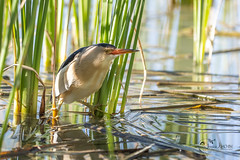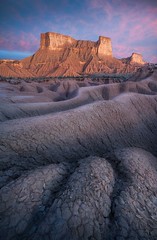Sri Lankan Kangaroo Lizard -(Otocryptis wiegmanni) is a small, grounddwelling agamid lizard endemic to the wet zone forests and lower mountain forests (up to 1300 meters) of Sri Lanka.This lizard when disturbed may run bipedally (Rises on to its hind legs when running). That is the base for unusual name ‘kangaroo lizard’ for it. It is commonly seen in the leaf litter near forest streams of shady rain forests.
It is commonly found in wet and intermediate zone habitats and is rarely seen in the dry zone except in riverine habitats. It is not found in highly populated areas.This lizard is active during the daytime and it is commonly found in pairs. It feeds on small insects and uses its hind legs to run, especially when threatened. It is usually found on tree trunks in the afternoon and under large leaves at night. This lizard leads a semi-arboreal life. When perceiving danger, it spurts away quickly on its large hind legs and might eventually climb up a sapling or tree. It feeds on small insects, grubs and tender shoots. It is closely related to the Indian Kangaroo Lizard (Otocryptis beddomii) of the rain forests of South India.
Adult body size,about 7 cms. Tail: 15 cms. Its colour ranges from dark reddish brown to dull brown. Males are darker than females. Lays between three and five eggs in a nest in the ground between July and January. Its diet consists of insects (Ants, Moths, Grasshoppers and Beetles), Spiders and occasionally plant materials such as tender shoots.
This lizard also called Wiegmann’s Agama or Brown-patched Kangaroo lizard ,several Sinhalese names for this lizard – Kala Katussa, Yak Katussa, Pinum Katussa, Thalli Katussa






